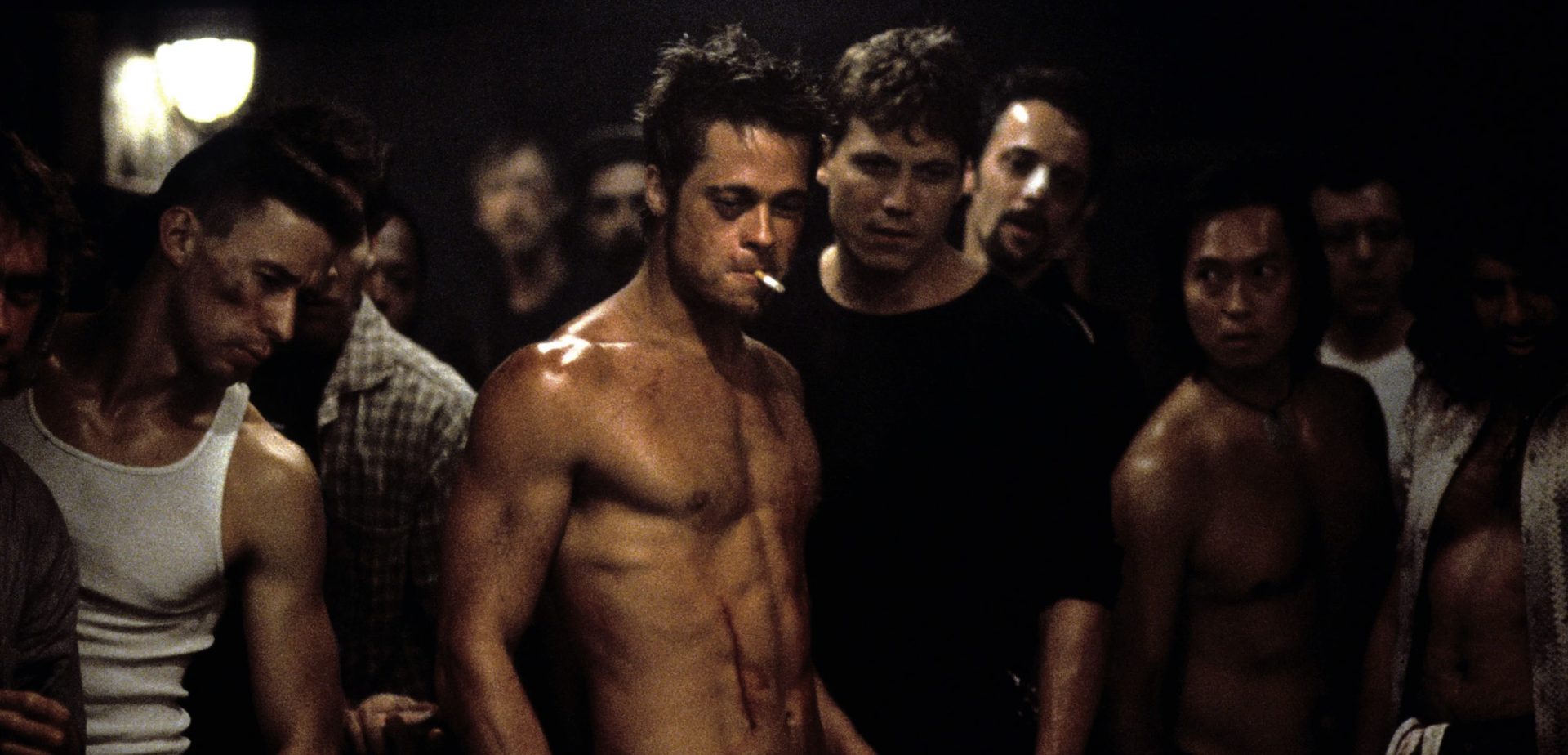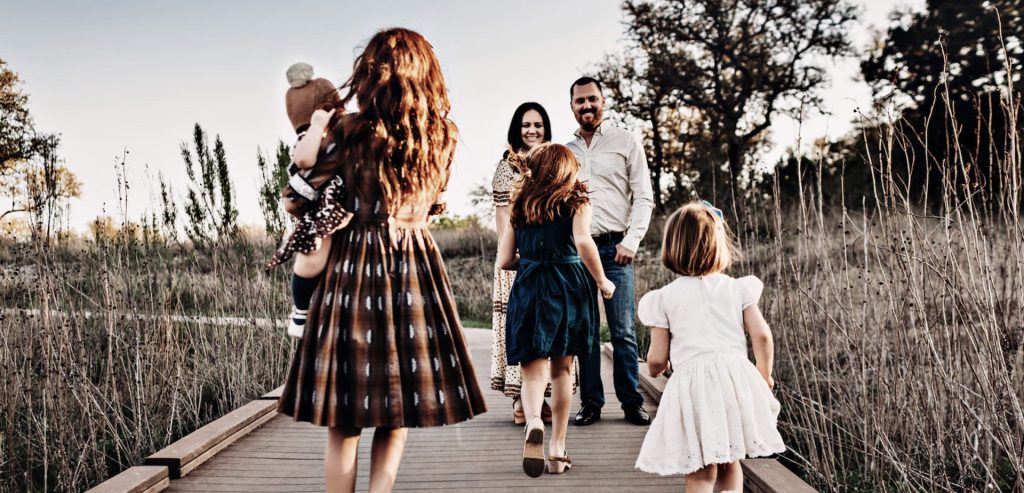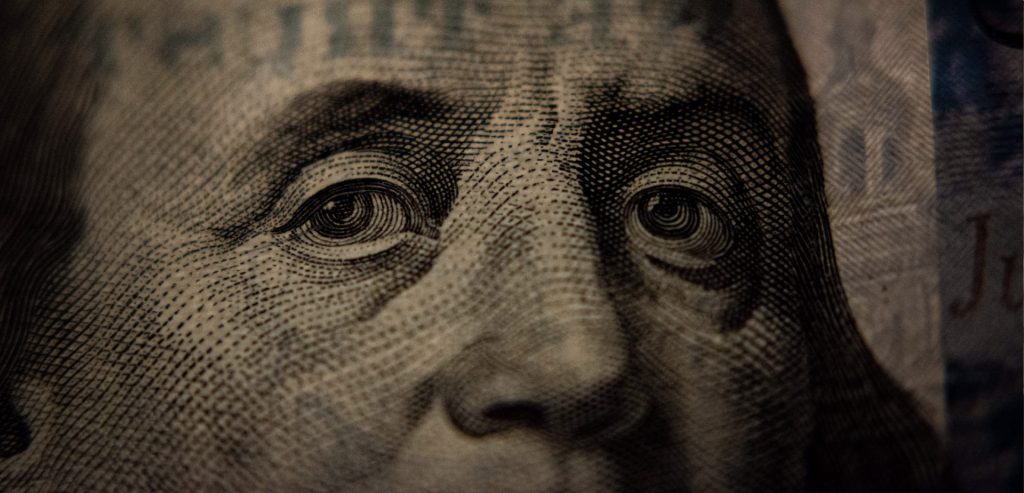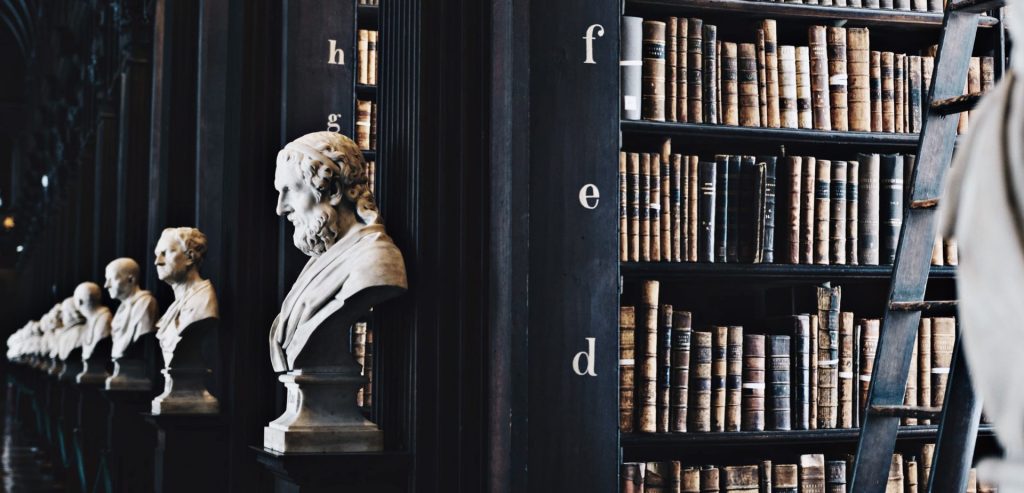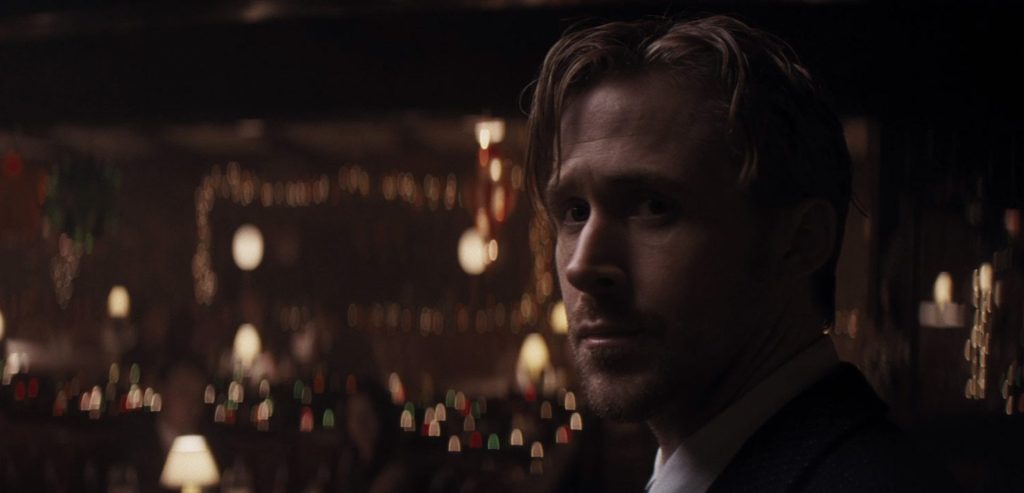Fractured Identities and Fists: The Philosophy Behind Fight Club
1. Introduction: From Surface to Core
When one first lays eyes on the cinematic marvel that is “Fight Club,” it’s easy to dismiss it as just another violent film glorifying machismo. But dig a little deeper and you’ll unearth a well of philosophical thoughts surrounding identity, society, and the human condition. Its profound messages have made it a cult classic, captivating audiences for decades. This article seeks to dissect the core philosophies embedded within.
The script, layered with meaning, is not merely an adaptation of Chuck Palahniuk’s novel but an exploration of existential questions every individual faces. As we dive into Tyler Durden’s chaotic world, it becomes clear that “Fight Club” is not just about fighting; it’s a manifestation of inner struggles and societal pressures.
2. Consumer Culture and the Crisis of Identity
“Fight Club” provides a scathing critique of consumer culture, painting a picture of individuals lost in the maze of materialism. Our protagonist begins as a white-collar worker, a cog in the capitalist machine, whose life is defined by the items he owns. “I’d flip through catalogs and wonder, ‘What kind of dining set defines me as a person?’” he muses.
This consumption-driven existence is empty, a life where identity is tied to possessions and societal norms. The fight club, in contrast, serves as an escape—a space where men rediscover primal instincts and feelings otherwise suppressed. It’s a rebellion against the emasculating grip of consumer culture, where men feel they’ve lost their true essence.
The character of Tyler Durden personifies this disdain for materialism. He despises the society that’s imprisoned by consumerism and dreams of a world free from its chains. “We’re consumers. We’re by-products of a lifestyle obsession,” Tyler declares, underlining the film’s fundamental message.
3. Embracing Anarchy: Breaking Free from Conformity
Beyond materialism, “Fight Club” delves into the concept of anarchy as liberation. Tyler’s eventual goal isn’t just individual freedom from consumer chains, but societal freedom as well. This is evident when he establishes Project Mayhem—a systematic effort to disrupt society’s structures and restore a raw, primal order.
However, this anarchy isn’t just mindless chaos. It’s an intense desire to break free from conformity. In our modern world, many feel trapped, forced into roles and behaviors that society deems ‘appropriate’. The fight club and, by extension, Project Mayhem, provide a space to challenge these norms.
The club itself operates on a set of paradoxical rules, the first two being: “You do not talk about Fight Club.” It’s a secretive rebellion, an underground movement that thrives in the shadows, hidden from the societal eye but slowly growing in strength.
4. Dichotomy of Self: Tyler and the Narrator
The relationship between the narrator (often referred to as Jack) and Tyler Durden is central to the film’s exploration of identity. They seem like two distinct characters, but the shocking revelation—that Tyler is a figment of Jack’s imagination—offers profound insight into the human psyche.
This split persona underscores the internal conflict many feel: the struggle between who we are and who society wants us to be. Tyler represents the unbridled id, the unapologetic essence of manhood, while Jack embodies the superego, shaped and restricted by societal expectations.
The realization that they are two sides of the same coin drives home the film’s main thesis: that we all have a Tyler inside us, a suppressed part that yearns for freedom from societal chains. And this inner conflict, unless addressed, can lead to our own unraveling.
5. Conclusion: Beyond the Fights and Anarchy
“Fight Club” is more than a movie about underground brawls and anarchy. It’s a profound introspection into the human condition, a critique of a society obsessed with consumerism, and a tale of identity crisis in the modern world. It compels viewers to question their place in society, the nature of their existence, and the true essence of freedom.
As the film ends, with buildings collapsing and the world seemingly in chaos, there’s a glimmer of hope. It suggests that, perhaps, through understanding our inner conflicts and societal shackles, we might find a way to rebuild, to define ourselves on our own terms, and to truly be free.
